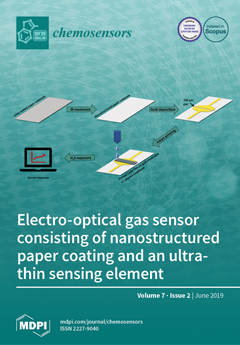Emissions from transportation sources can impact local air quality and contribute to adverse health effects. The Kansas City Transportation and Local-Scale Air Quality Study (KC-TRAQS), conducted over a 1-year period, researched emissions source characterization in the Argentine, Turner, and Armourdale, Kansas (KS) neighborhoods
[...] Read more.
Emissions from transportation sources can impact local air quality and contribute to adverse health effects. The Kansas City Transportation and Local-Scale Air Quality Study (KC-TRAQS), conducted over a 1-year period, researched emissions source characterization in the Argentine, Turner, and Armourdale, Kansas (KS) neighborhoods and the broader southeast Kansas City, KS area. This area is characterized as a near-source environment with impacts from large railyard operations, major roadways, and commercial and industrial facilities. The spatial and meteorological effects of particulate matter less than 2.5 µm (PM
2.5), and black carbon (BC) pollutants on potential population exposures were evaluated at multiple sites using a combination of regulatory grade methods and instrumentation, low-cost sensors, citizen science, and mobile monitoring. The initial analysis of a subset of these data showed that mean reference grade PM
2.5 concentrations (gravimetric) across all sites ranged from 7.92 to 9.34 µg/m
3. Mean PM
2.5 concentrations from low-cost sensors ranged from 3.30 to 5.94 µg/m
3 (raw, uncorrected data). Pollution wind rose plots suggest that the sites are impacted by higher PM
2.5 and BC concentrations when the winds originate near known source locations. Initial data analysis indicated that the observed PM
2.5 and BC concentrations are driven by multiple air pollutant sources and meteorological effects. The KC-TRAQS overview and preliminary data analysis presented will provide a framework for forthcoming papers that will further characterize emission source attributions and estimate near-source exposures. This information will ultimately inform and clarify the extent and impact of air pollutants in the Kansas City area.
Full article





